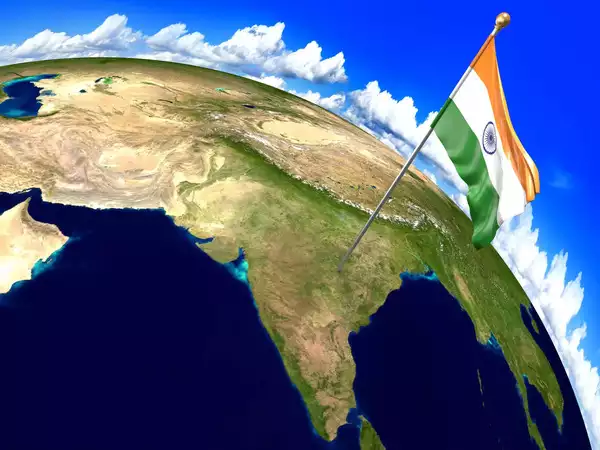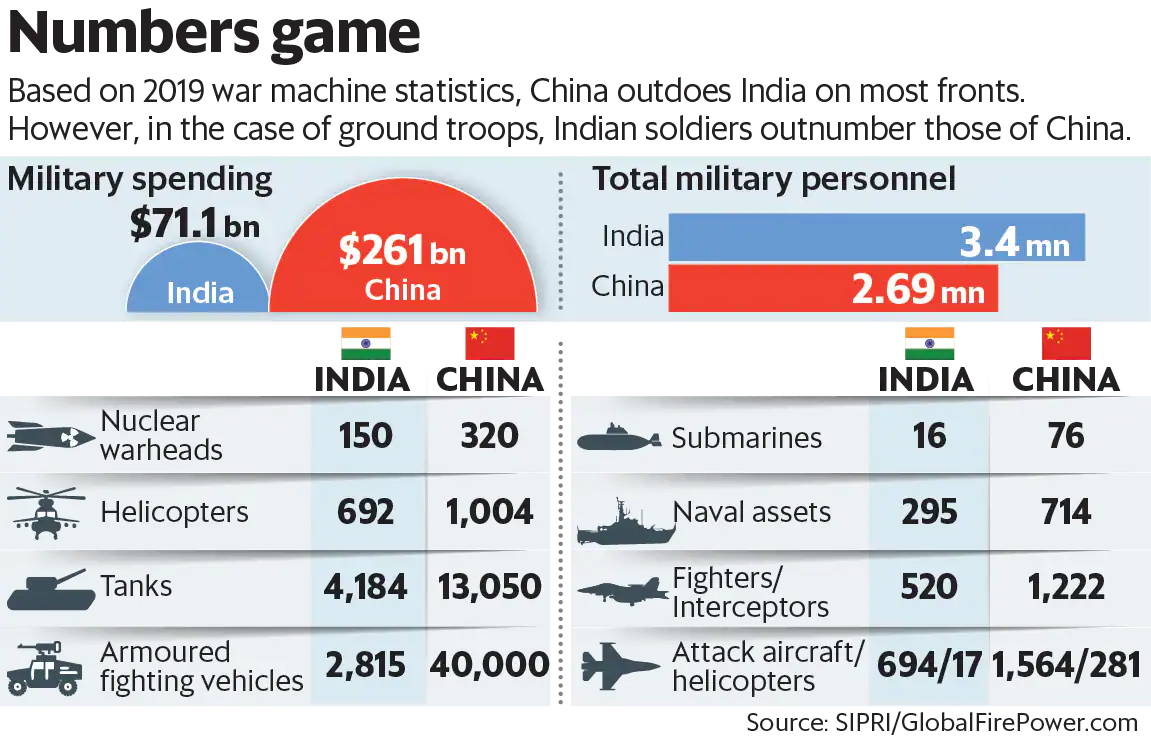Why is India the big winner with Trump's tariffs?
- Sebastian Palacios.

- 5 days ago
- 3 min read
As the hegemonic rivalry between the US and China is poised to escalate, India has many positive features that will consolidate its status as the growing world power with most potential and may displace China as the second biggest economy in the near future. Indeed, with the trade war between the US and China, India is definitely emerging as a safe location for foreign investments and world trade.
Compared with China, India has many better macro indicators. Regarding demographics, it became in 2023 the most populous country in the world and will have a much higher fertility rate in the next decades. It has markets that are much more open to foreign capitals, its political system is certainly pluralistic, and India doesn’t have serious geopolitical and ideological rivalries with the western world, which ensures a better integration into world's economy.
However, it is worth to note that India is way behind China regarding its literacy rate (74% vs 97%), poverty (80% vs 20%), GDP per capita, inequality, military power, and the infrastructure of airports, railways and roads. This means that India taking over China will not happen tomorrow, but it will be instead a slow process where the country's success will depend on how well it navigates the balancing of its relationships with the west while enhancing the construction of a more multipolar world.
Narendra Modi became PM of the most populous country in the world in 2014, and while displaying nationalist-authoritarian features, he has consistently been among the top 5 chiefs of state regarding approval ratings (many times reaching above 80%). During his tenure, India has built good political relations with all major countries in the world: China, US, Russia, EU and Brazil.
A clear example is that with the Russian war in Ukraine, India has absorbed all the Russian oil exports that previously were sent to Europe, at discounted prices, and then is able to re-export it to western countries at market prices. Additionally, in the last weeks the Trump administration and India have come to several agreements in order to reduce the trade barriers between both countries and US Vice-President JD Vance will meet Prime Minister Narendra Modi on a four-day visit to India next week as their two countries negotiate a bilateral trade deal.
India has a solid position regarding the current world political turmoil, as it has a diversified trade and internal economy. Only 12% of India’s economy is dependent on exports of goods. And, merchandise exports to the US made up only 2.1% of its GDP. Pharmaceutical imports and energy are both tariff-exempt for now, so the tariff-impacted goods make up only 1.7% of India’s GDP.
It has also gone from being the world’s 10th largest economy to the fifth largest, and is expected to become the 3th largest by 2030.
India’s GDP growth is expected to be around 7% for this year and 2026, whereas China’s will be around 3%. Also, India’s annual inflation rate keeps falling and is currently at 3.34%.
Both China and India are part of the BRICS, the intergovernmental organization comprising 10 developing countries that seek to counterbalance the western world hegemony in finance, military power, trade and politics. The group is expanding and currently includes Brazil, Russia, India, China, South Africa, Egypt, Ethiopia, Indonesia, Iran and the United Arab Emirates. Because of that, if the dollar would ever stop from being the dominant reserve currency in the world, a competitor could be the Indian Rupee or any other currency created within the BRICS.






















Opmerkingen